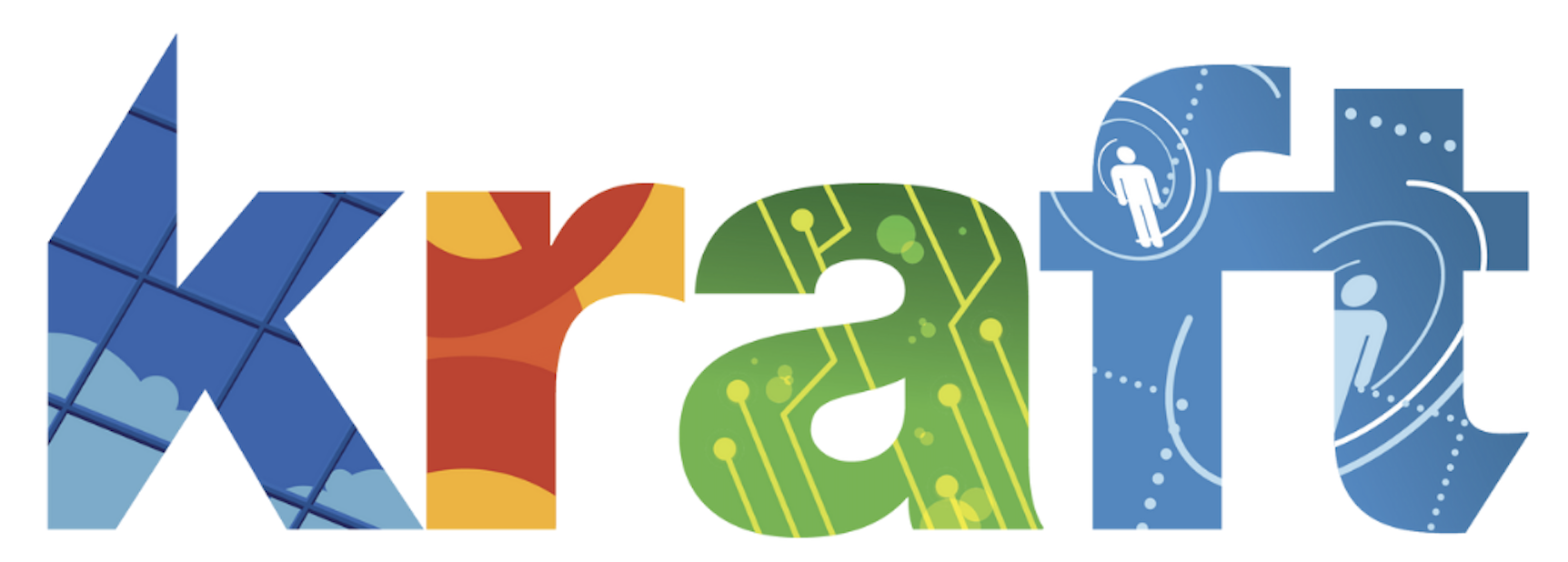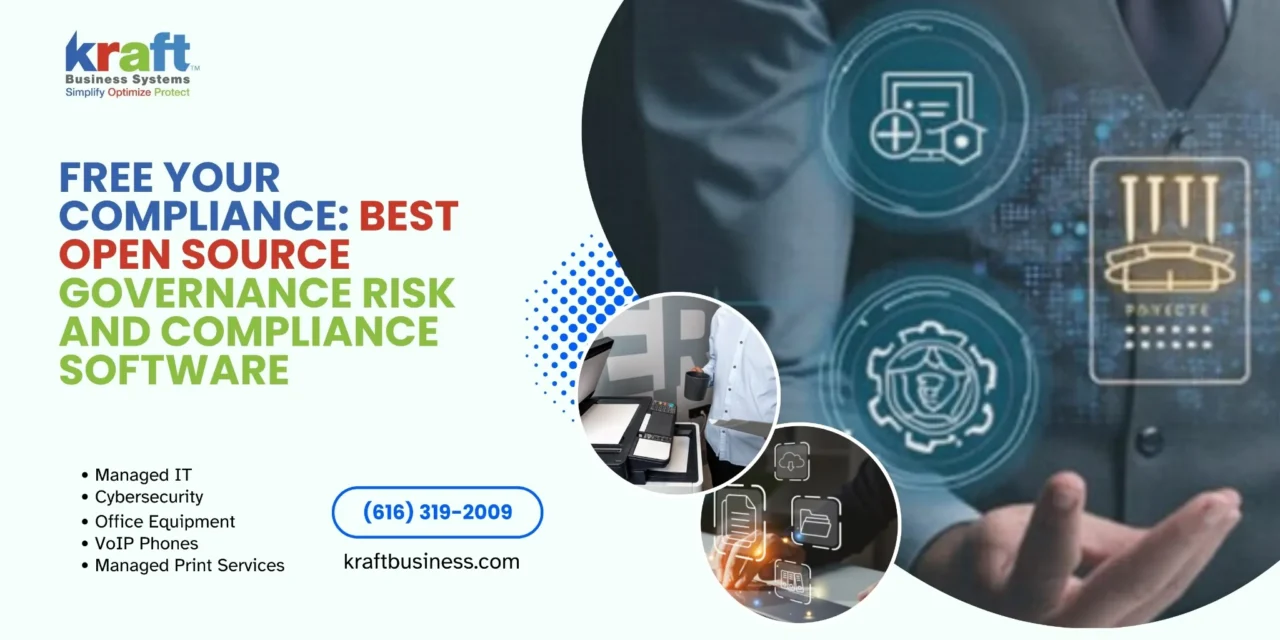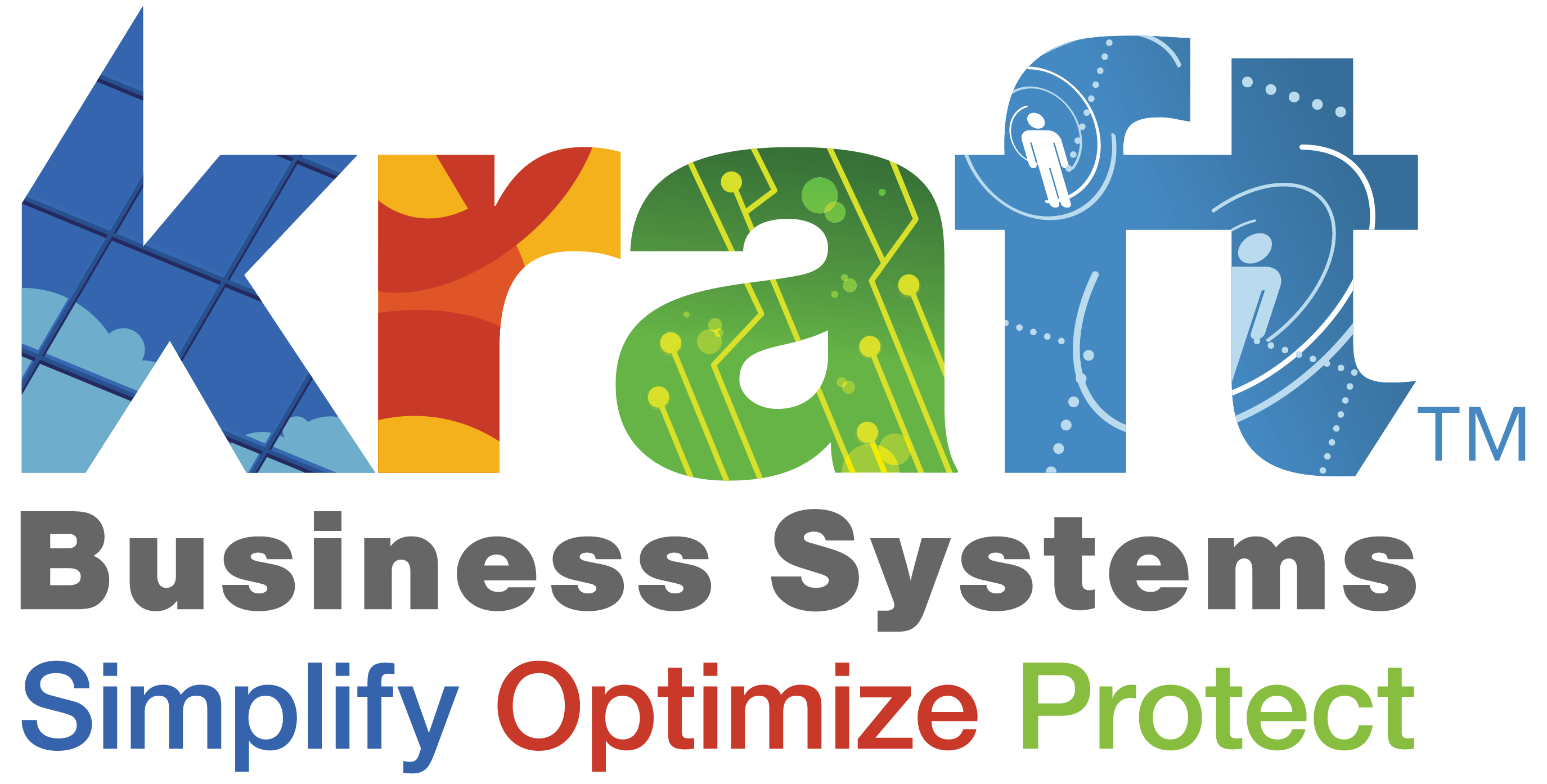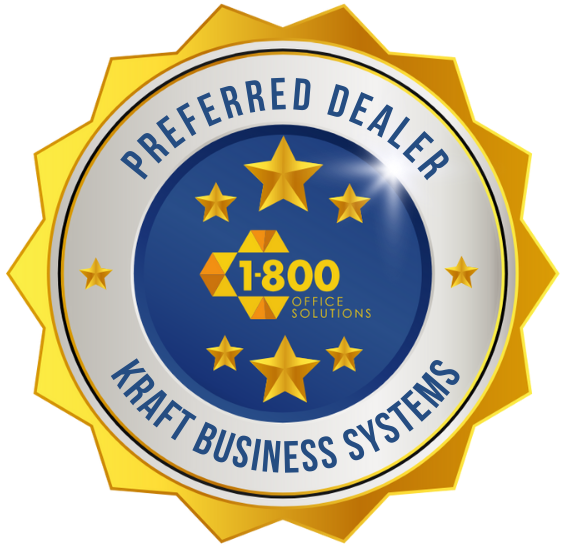Remember when compliance meant expensive software that required a team of consultants just to implement? Those days are thankfully behind us. Open source governance risk and compliance software has revolutionized how businesses approach regulatory requirements, risk assessment, and governance processes.
Think of open source GRC tools as your compliance department’s secret weapon. They deliver powerful capabilities without the enterprise-level price tag that makes CFOs nervously check the budget. These community-driven solutions have matured significantly, offering features that stand toe-to-toe with their commercial counterparts.
One Eramba user captured the sentiment perfectly: “We are allergic to complicated, expensive, professional support dependent GRC tools.” This refreshing perspective reflects why so many organizations are making the switch to open source alternatives.
For mid-sized businesses drowning in spreadsheet-based compliance tracking, these tools are a lifeline. They transform manual, error-prone processes into structured workflows for risk assessment, control validation, and evidence collection. Better yet, you can deploy them on your own infrastructure, keeping your sensitive compliance data firmly under your control.
| Open Source GRC Tool | Key Features | Best For |
|---|---|---|
| Eramba | Risk framework building, evidence management, 3,689+ downloads last year | Organizations seeking ISO, PCI, SOC2 compliance |
| SimpleRisk | Spreadsheet replacement, installs in minutes, trusted by hundreds of companies | Healthcare, government, technology sectors |
| GovReady-Q | DevSecOps integration, automated assessments, 53+ GitHub forks | Teams needing fast authorization processes |
| CISO Assistant | 30+ ready-to-use frameworks, human-centric design | Any size organization or skill level |
| Redmine/MantisBT | Customizable audit workflows, 80% functionality of commercial tools | Budget-conscious compliance teams |
The community aspect might be the most valuable benefit of all. Thousands of security professionals continuously improve these platforms, share templates, and develop integrations that make compliance more efficient. When you encounter a challenge, chances are someone else has already solved it and shared their solution.
Transparency is another major advantage. With open source tools, you can see exactly how the software works, customize it to your specific needs, and avoid the dreaded vendor lock-in that plagues so many compliance programs.
The best part? These tools grow with you. As your compliance needs evolve, the software adapts thanks to active development communities and modular designs. You’re not just getting a tool—you’re joining an ecosystem of professionals committed to making compliance more accessible for everyone.
Want to learn more about open source governance risk and compliance software and related topics? Check out these helpful resources:
Why Choose Open Source Governance, Risk and Compliance Software?
Making the switch to open source governance risk and compliance software delivers far more than just cost savings. At Kraft Business Systems, we’ve watched businesses across Michigan transform their compliance approach with these community-driven tools.
Think about transparency – you can actually examine the code running your compliance program, ensuring there are no hidden functions or security backdoors lurking in your GRC platform. This level of visibility simply doesn’t exist with proprietary solutions.
The community aspect is perhaps the most valuable benefit. When you implement an open source GRC solution, you’re joining thousands of security professionals who continuously contribute improvements, share templates, and develop integrations. This collective knowledge helps everyone stay ahead of evolving compliance requirements.
We’ve seen how these tools provide remarkable framework agility. When new regulations emerge, open source communities often implement changes faster than commercial vendors who may be constrained by product roadmaps and release schedules.
“My primary objectives were to streamline the cumbersome process of tracking risks using spreadsheets, make our overall risk posture visible to peers and management, obtain actionable output to prioritize mitigation efforts, and satisfy PCI compliance,” explains Greg Tatum, VP of Infrastructure and Security at DealerSocket.
This sentiment perfectly captures what we hear from Grand Rapids businesses looking to mature their compliance programs without massive investments. They want freedom from vendor lock-in, the ability to customize their GRC tools, and the security that comes from community scrutiny.
How open source governance risk and compliance software reduces audit fatigue
Let’s be honest – audit season can be exhausting. The endless cycle of evidence gathering, findings, remediation, and preparation never seems to stop. This is where open source governance risk and compliance software truly shines.
Most open source GRC platforms include automation features that eliminate repetitive tasks. Instead of manually collecting screenshots or policy documents, these tools can automate evidence collection and testing procedures, freeing your team for more strategic work.
Evidence lockers create centralized repositories for all your compliance artifacts. No more frantic searches through shared drives or email threads when auditors request documentation – everything lives in one searchable location.
“We selected the hosted version to expand our capabilities, eliminate existing manual procedures and end perpetual spreadsheet management. This has proven to be successful for our security risk management program,” shares Marcelle Bicker, Information Security Compliance Analyst at Rochester Regional Health.
The community-contributed templates are particularly valuable. Why build your control library from scratch when you can leverage frameworks developed and refined by hundreds of organizations? These templates provide immediate structure while remaining customizable to your specific needs.
For businesses across Michigan, from manufacturing in Detroit to tech startups in Ann Arbor, this efficiency translates to compliance teams focusing on actual risk management rather than drowning in administrative overhead. Learn more about streamlining compliance in our article on GRC Compliance Software.
How open source governance risk and compliance software supports major frameworks
One misconception we frequently encounter is that open source governance risk and compliance software lacks support for industry-standard frameworks. Nothing could be further from the truth.
For ISO 27001 implementation, these platforms typically include comprehensive control libraries mapped directly to the standard’s requirements. They provide structured approaches to risk assessment and document management that align perfectly with Information Security Management System (ISMS) requirements.
NIST Cybersecurity Framework adopters benefit from built-in control sets and maturity scoring aligned with NIST’s implementation tiers. Tools like CISO Assistant and Eramba offer detailed gap analysis capabilities that help identify your most critical improvement areas.
SOC 2 preparation becomes significantly more manageable with Trust Services Criteria mapping and evidence collection workflows designed specifically for SOC 2 requirements. The continuous monitoring features ensure your controls remain effective between audit cycles.
Businesses handling payment card data will appreciate the PCI DSS control libraries, self-assessment questionnaire templates, and cardholder data environment scoping assistance. These features dramatically simplify what can otherwise be an overwhelming compliance process.
Healthcare organizations throughout Michigan rely on HIPAA-specific control mappings and business associate agreement management. The risk analysis tools align perfectly with OCR guidance, helping ensure regulatory compliance.
For organizations concerned with privacy regulations like GDPR, these platforms offer data processing inventories, subject request tracking, and impact assessment templates that streamline compliance efforts.
Here in West Michigan’s growing technology sector, the ability to efficiently manage multiple frameworks simultaneously provides enormous value. Our team at Kraft Business has guided numerous organizations through implementing these tools as part of a comprehensive Governance, Risk, and Compliance Framework.
1. Eramba Community Edition
If you’re searching for a robust open source governance risk and compliance software solution that doesn’t break the bank, Eramba Community Edition deserves your attention. With its impressive 3,689+ downloads last year, this platform has quickly become a favorite among compliance professionals who want powerful features without the enterprise price tag.
What makes Eramba special is its refreshingly straightforward approach to GRC. The team behind it puts it perfectly: “We are allergic to complicated, expensive, professional support dependent GRC tools.” This no-nonsense philosophy shines through in everything they build.
The heart of Eramba lies in its comprehensive risk management capabilities. You can build custom risk frameworks that actually match how your organization thinks about risk, not how some vendor thinks you should. The flexible risk registers make it easy to document, assess, and track risks in a way that makes sense for your business.
Control libraries are another standout feature. Rather than starting from scratch, Eramba gives you pre-configured control sets already mapped to standards like ISO 27001, PCI-DSS, and SOC2. For our clients in Grand Rapids and throughout Michigan, this head start saves countless hours during implementation.
Compliance tracking becomes visual and intuitive with Eramba’s dashboards. You can monitor your status across multiple frameworks simultaneously and quickly identify gaps that need attention. When audit time rolls around, the built-in audit management features guide you through the entire process from planning to finding remediation.
One aspect our Michigan clients particularly appreciate is Eramba’s incident management system. When something goes wrong (and eventually, something always does), you can document the incident and directly link it to affected controls and risks. This connection helps demonstrate to auditors that you’re learning from incidents and strengthening your controls.
The community has generously contributed free templates covering everything from compliance artifacts to internal controls, policies, and assessment questionnaires. These resources are invaluable, especially for smaller organizations just building their compliance program.
Unlike many “free” tools, Eramba Community Edition doesn’t impose artificial limitations on users or data. As one IT Security Coordinator told us: “I’ve been looking for a simple risk management solution for quite a while. I was very happy to see your project, mainly because it’s exactly what I need, and I can also relate to not having the right tools to do the job at hand.”
For businesses across Michigan—whether you’re in healthcare in Detroit, manufacturing in Flint, or government in Lansing—Eramba offers a practical way to manage compliance requirements without expensive subscriptions. At Kraft Business Systems, we’ve helped numerous organizations customize Eramba to fit their specific needs, and most users become comfortable with the platform within about a month.
The active community forums provide helpful support when questions arise, making this truly a solution that grows with your compliance program rather than holding it hostage.
2. SimpleRisk Core
When ease of deployment and immediate value are priorities, SimpleRisk Core stands out as an exceptional open source governance risk and compliance software option. True to its name, SimpleRisk focuses on eliminating complexity while delivering core GRC functionality that organizations actually need.
Key Features of SimpleRisk Core:
SimpleRisk truly lives up to its name with a quick installation process that takes minutes rather than weeks. Many of our Michigan clients appreciate being able to go from “zero to GRC” almost instantly, without lengthy implementation projects.
The platform excels as a spreadsheet replacement tool. We’ve seen countless compliance teams in Grand Rapids and beyond struggling with unwieldy Excel files to track risks and controls. SimpleRisk provides a clean break from spreadsheet chaos while maintaining familiar concepts that make the transition painless.
What makes SimpleRisk particularly appealing is its modular approach. You can start with the free core version and add capabilities through optional modules as your GRC program matures. This scalability works well for growing businesses that don’t want to pay for features they won’t use immediately.
The intuitive risk management workflows encourage organization-wide adoption. Even team members without a security background can easily identify, analyze, and treat risks using SimpleRisk’s straightforward interface.
SimpleRisk was created by a CISO who needed a practical tool without the bloat of enterprise GRC platforms. This practitioner-focused approach resonates with many Michigan businesses we work with at Kraft Business Systems, particularly those in healthcare, government, and technology sectors.
Allan Alford, CISO, explains why SimpleRisk stands out: “The problem with many GRC tools is that they overreach their mission and become incredibly complex. So complex that they require dedicated resources to manage them. SimpleRisk gives you exactly what you need without all that overhead. And the best part is you can download it and get started for free!”
For organizations in Michigan cities like Sterling Heights, Warren, and Livonia that are just beginning their GRC journey, SimpleRisk offers an accessible entry point. The platform is particularly strong for healthcare organizations around Ann Arbor and Detroit, with features custom to their compliance needs.
Nick Waringa, an Information Security and Risk Manager who chose SimpleRisk after evaluating alternatives, notes: “They all are super heavyweight and require armies of people or professional services to manage. I don’t think you emphasize enough the small amount of body overhead with the payback that SimpleRisk provides.”
To learn more about how SimpleRisk and similar tools can improve your governance, risk, and compliance program, check out our guide to Governance, Risk and Compliance Tools.
3. verinice
If you’re looking for open source governance risk and compliance software with a distinctly European approach, verinice deserves your attention. Built with German precision and thoroughness, this platform has become particularly popular among privacy-conscious organizations who need robust data protection features.
Key Features of verinice:
verinice shines with its BSI IT Baseline Protection methodology, developed by the German Federal Office for Information Security. This gives you a systematic roadmap for identifying and implementing security measures that truly protect your organization. Unlike other GRC tools that treat security as a checklist, verinice approaches it as a comprehensive discipline.
What makes verinice special is its integrated Business Continuity Management System (BCMS) Module. As the verinice team puts it, “security and continuity go hand in hand” – a refreshingly practical perspective. After all, what good are security controls if your business can’t recover from disruptions?
For Michigan manufacturers who can’t afford downtime, verinice’s continuity planning capabilities are invaluable. You can document recovery procedures, test them regularly, and ensure your operations stay resilient when problems arise. We’ve seen several Grand Rapids businesses use these features to dramatically improve their incident response times.
Privacy concerns keeping you up at night? verinice’s privacy by design features align perfectly with GDPR requirements. This makes the platform especially valuable if you’re doing business with European partners or handling EU citizen data – increasingly common for Michigan’s growing tech sector.
Small or medium-sized business just starting your compliance journey? The free verinice WiBA module gives you basic protection capabilities without overwhelming complexity. It’s like having training wheels for your compliance program – just enough structure to get moving in the right direction.
The platform also incorporates insights from Domain Pulse events, keeping you updated on the latest developments in DNS and internet infrastructure security. This ongoing knowledge transfer means you’re not implementing yesterday’s security measures against tomorrow’s threats.
While verinice does have a steeper learning curve than some other options we’ve covered, the comprehensive approach to information security makes it worth considering if you have complex compliance needs. Many of our Kraft Business Systems clients with European connections have found this learning investment pays significant dividends in stronger compliance outcomes.
For Michigan businesses with international operations or those processing sensitive data, verinice offers specialized capabilities that address sophisticated regulatory requirements while maintaining the cost benefits of an open source solution. The platform’s detailed Data Protection features are particularly noteworthy for organizations concerned about privacy regulations.
4. GovReady-Q
For teams caught in the frustrating gap between rapid development and slow compliance approvals, GovReady-Q offers a breath of fresh air as an open source governance risk and compliance software solution. With 174 stars and 53 forks on GitHub, this platform has cultivated a passionate community focused on breaking the compliance bottleneck.
Key Features of GovReady-Q:
GovReady-Q was born from a common frustration: applications deploy in minutes, but authorization takes months. This platform tackles this challenge head-on with its DevSecOps focus, seamlessly integrating compliance into your development pipeline rather than treating it as a separate hurdle.
What makes GovReady-Q stand out is its support for emerging standards like NIST OSCAL and OpenControl. These frameworks enable true interoperability between compliance tools, so you’re not locked into proprietary formats. Your compliance work becomes portable and reusable across different systems.
The platform shines with its self-service assessment capabilities. System owners can complete compliance tasks through user-friendly interfaces without needing specialized GRC knowledge. This distributed approach means your security team isn’t the bottleneck for every project.
Perhaps most valuable is the automated Authorization to Operate (ATO) functionality. Instead of spending weeks manually assembling documentation packets, GovReady-Q generates them automatically based on system configurations and assessment responses. One Michigan client told us this cut their approval cycles from months to weeks.
The platform’s active GitHub community continuously improves the tool and shares compliance content, meaning you benefit from collective knowledge rather than starting from scratch. And since it’s built primarily in Python (49.8%) and HTML (43.3%), many development teams can customize it without specialized knowledge.
Here in Michigan’s growing tech corridors – from Ann Arbor’s research hub to Grand Rapids’ innovation district – we’re seeing GovReady-Q gain traction among forward-thinking organizations. Companies embracing agile methodologies particularly appreciate how it prevents compliance from becoming a deployment bottleneck.
At Kraft Business Systems, we’ve helped several Michigan tech companies implement GovReady-Q as part of their DevSecOps change. One software director summed it up perfectly: “Before GovReady, compliance was always the last-minute scramble that delayed everything. Now it’s just another automated check in our pipeline.”
The self-service approach scales beautifully as organizations grow. Rather than creating a centralized compliance bottleneck, GovReady-Q empowers individual teams to own their compliance responsibilities while maintaining consistent standards – exactly the kind of practical solution we love to implement for our clients.
5. CISO Assistant
If you’re tired of complex GRC platforms that require a PhD to operate, you’ll find CISO Assistant a breath of fresh air. This open source governance risk and compliance software puts humans first, making compliance management accessible whether you’re a seasoned CISO or just starting your security journey.
Key Features of CISO Assistant:
Imagine having over 30 compliance frameworks ready to go from day one. That’s exactly what CISO Assistant delivers – from SOC 2 to GDPR, the groundwork is already laid out for you. As one Michigan healthcare compliance officer told us, “It’s like having a compliance consultant in a box.”
The platform’s API-first design isn’t just a technical detail – it’s a game-changer for automation. Connect your existing tools, pull in data automatically, and stop the endless copy-pasting between systems. For busy IT teams across Grand Rapids and beyond, this integration capability turns hours of manual work into minutes.
What really sets CISO Assistant apart is its private GenAI capabilities. Unlike public AI tools that might expose your sensitive compliance data, CISO Assistant keeps your information private while still leveraging artificial intelligence to identify patterns and suggest remediation strategies.
Speaking of remediation, the platform’s ticketing system integration means findings don’t just sit in reports – they become actionable tasks that flow directly into your team’s existing workflow. This closed-loop approach ensures issues actually get fixed, not just documented.
We’ve seen Michigan manufacturing companies particularly appreciate the methodology-agnostic risk assessment approach. Rather than forcing you to adopt an unfamiliar risk framework, CISO Assistant adapts to how your organization already thinks about risk. Whether you prefer qualitative or quantitative methods, simple or complex scoring, the platform supports your approach.
The open formats used throughout the platform mean you’re never locked in. Your compliance data belongs to you, not the software vendor – something our clients in Detroit’s financial sector find particularly important when considering long-term GRC investments.
At Kraft Business Systems, we’ve helped implement CISO Assistant for organizations ranging from small healthcare providers to mid-sized manufacturers across Michigan. The active GitHub and Discord communities provide valuable peer support, sharing templates and automation scripts that make everyone’s compliance journey easier.
For businesses in Lansing, Kalamazoo, or anywhere in Michigan looking to escape spreadsheet-based compliance without breaking the bank, CISO Assistant offers that rare combination of powerful features and genuine usability. As one client put it: “Finally, GRC software that regular humans can actually use.”
7. Adapted Project-Management Tools (Redmine & MantisBT)
Not every open source governance risk and compliance software solution needs to be built specifically for GRC. Sometimes, the most practical approach is adapting familiar tools you might already use. Redmine and Mantis Bug Tracker (MantisBT) represent this clever, budget-friendly strategy that many Michigan businesses have successfully implemented.
These adaptable platforms deliver surprisingly robust GRC capabilities without the enterprise price tag. As Ed Moyle wisely puts it: “80% of the functionality is better than 0% when you can’t get traction any other way.” This practical wisdom resonates with many of our clients at Kraft Business Systems, especially smaller organizations in Flint, Lansing, and Dearborn where budgets are tight but compliance needs are very real.
Key Features of Adapted Project Management Tools:
With some thoughtful configuration, these platforms transform into capable GRC tools. Redmine shines when configured to track hybrid cloud audit tasks and store workpapers, while MantisBT excels at managing the lifecycle of audit findings from findy through remediation.
Audit workflow plugins make these tools particularly valuable, as they can be customized to match your specific audit processes. Whether you’re conducting internal assessments or preparing for external audits, these workflows guide your team through each step while maintaining accountability.
The evidence management capabilities are surprisingly robust. Both tools offer document storage and version control features that serve as excellent repositories for compliance artifacts. When an auditor asks for that policy document from six months ago, you’ll have it at your fingertips.
What makes these adapted tools especially powerful is their vulnerability linking capability. When security scans identify issues, you can directly connect them to compliance requirements and control gaps, creating a clear line of sight from vulnerability to remediation.
The rich ecosystem of community extensions means you’re never locked into a single approach. We’ve helped clients throughout Michigan integrate these platforms with tools like OpenVAS for vulnerability scanning and GLPI for asset management, creating comprehensive GRC ecosystems that rival commercial solutions.
Control validation becomes much more manageable with these adapted tools. Instead of chasing team members for updates or digging through email threads, you can track the status of each control in a centralized system that provides visibility to stakeholders across the organization.
For growing businesses across Michigan, from manufacturing firms in Detroit to tech startups in Grand Rapids, these adapted solutions offer a practical way to formalize GRC processes without breaking the bank. The flexible reporting capabilities allow you to generate custom dashboards and compliance status reports that keep leadership informed and prepared for audits.
To learn more about implementing these cost-effective solutions for your compliance program, check out our article on GRC Audit Management.
Frequently Asked Questions about Open Source GRC
Is open source governance risk and compliance software secure enough for regulated industries?
This question comes up in almost every conversation we have about open source governance risk and compliance software with Michigan businesses in regulated sectors. Healthcare providers in Detroit, financial institutions in Grand Rapids, and government agencies throughout the state all share this concern.
The short answer is yes – with some important considerations.
The security of open source GRC tools often benefits from what security experts call the “many eyes” principle. With numerous developers and security professionals examining the code, vulnerabilities typically get spotted and fixed quickly. As one of our clients put it, “I actually feel more secure knowing thousands of people can inspect the code rather than trusting a black box from a vendor.”
When security issues do emerge in popular open source GRC tools, patches typically arrive much faster than with proprietary alternatives. There’s no waiting for quarterly release cycles or hoping your ticket gets prioritized – the community responds rapidly.
Most open source governance risk and compliance software can be deployed on your own infrastructure, giving you complete control over security configurations. This self-hosting option is particularly valuable for organizations with strict data residency requirements or those who need to implement specialized security controls.
We’ve helped implement tools like Eramba, SimpleRisk, and GovReady-Q in highly regulated Michigan healthcare organizations, government agencies, and financial institutions with great success. Their compliance track records speak for themselves.
That said, security ultimately depends on implementation, not just the software itself. When we help Michigan businesses deploy these solutions, we always emphasize:
- Keeping the platform and dependencies updated
- Implementing proper access controls and authentication
- Considering security during configuration and customization
- Maintaining robust backup procedures
- Regularly reviewing security settings and user access
How difficult is deployment and customization?
The complexity of deploying open source governance risk and compliance software varies between platforms, but modern options have made tremendous progress in simplifying the process.
“I was expecting weeks of configuration, but we had SimpleRisk up and running in a single afternoon,” shared an IT director from a manufacturing company in Sterling Heights. This experience isn’t unusual – many open source GRC tools now offer containerized deployment through Docker, which dramatically reduces installation headaches.
Documentation quality has become a priority for most open source GRC projects. You’ll typically find step-by-step installation guides for various environments, from Windows servers to Linux and cloud platforms. The days of cryptic README files and mysterious dependencies are largely behind us.
Integration capabilities have also improved significantly. Modern open source GRC platforms include well-documented REST APIs that make it straightforward to connect with your existing systems. Want to pull asset data from your inventory system? Or push compliance findings to your ticketing system? These integrations are often simpler than you might expect.
For organizations without coding expertise, tools like CISO Assistant and Eramba include template libraries and configuration wizards that reduce the need for custom development. Their no-code approaches mean business analysts and compliance professionals can handle much of the customization themselves.
When Michigan businesses do encounter challenges during deployment, active user communities provide valuable assistance. We’ve seen countless examples of community members sharing configuration examples, troubleshooting steps, and best practices that save hours of frustration.
For those who prefer professional support during implementation, we at Kraft Business Systems offer deployment services to ensure a smooth process. Our team has experience customizing these platforms for organizations across industries throughout Michigan.
What ongoing support is available?
Support concerns often top the list when Michigan organizations consider open source governance risk and compliance software. After all, compliance isn’t a place where you want to feel stranded without help.
Fortunately, multiple support avenues exist for most open source GRC tools:
Community forums serve as the first line of support for many users. These vibrant online communities include experienced practitioners who generously share their knowledge. We’ve seen questions answered within hours, often by the original developers themselves. The spirit of collaboration in these forums is genuinely impressive.
Documentation quality has improved dramatically in recent years. Tools like GovReady-Q and Eramba maintain comprehensive guides covering everything from basic usage to advanced configurations. When a client asks us if they’ll need to keep a consultant on speed dial, we often point them to these excellent resources first.
Many open source governance risk and compliance software projects offer enterprise editions with professional support options. Eramba Enterprise, for example, provides a straightforward yearly subscription that includes support and all features. SimpleRisk offers tiered support plans to match different organizational needs.
For technically-oriented users, GitHub issue trackers provide a direct line to development teams. You can report bugs, request features, and track development progress. The transparency of this process is refreshing compared to proprietary alternatives where improvement requests often disappear into a black hole.
Companies like ours fill an important middle ground, providing ongoing support, maintenance, and customization services for open source GRC tools. For many Michigan businesses, this approach offers the perfect balance – the cost benefits and flexibility of open source with the peace of mind of professional support.
Regular updates signal a healthy project with ongoing support. Before recommending any solution, we check update frequency and community activity. Eramba, for instance, released multiple updates last year, demonstrating continued commitment to improvement.
For organizations throughout Michigan – whether you’re in Detroit’s financial district, Flint’s healthcare community, or Grand Rapids’ manufacturing sector – having reliable support options is essential when implementing critical compliance tools.
Conclusion
The journey through open source governance risk and compliance software options reveals something truly encouraging – these tools have grown from scrappy alternatives into robust solutions that often outshine their expensive commercial counterparts. Here in Michigan, where businesses face mounting regulatory pressures and tight budgets, these platforms offer a practical path forward.
Each solution we’ve explored brings something special to the table. Eramba’s comprehensive approach makes it perfect for organizations tackling multiple frameworks simultaneously. SimpleRisk lives up to its name with quick deployment and intuitive interfaces. Verinice shines with its European perspective on data protection. GovReady-Q accelerates authorization processes for DevSecOps teams. CISO Assistant makes compliance accessible with its human-centric design. And adapted tools like Redmine and MantisBT prove you don’t always need specialized software to achieve compliance goals.
I’ve seen this with clients across Michigan. A healthcare provider in Detroit slashed their compliance overhead by 60% after implementing SimpleRisk. A manufacturer in Flint finally escaped spreadsheet hell with Eramba. As Russ McRee from Microsoft noted about one of these tools: “It fits really nicely in any threat/risk management program” – a testament to how these solutions improve rather than disrupt your existing processes.
Next Steps for Your GRC Journey
Starting your open source GRC journey doesn’t have to be overwhelming. Begin by identifying which compliance frameworks actually matter to your business – don’t try to boil the ocean! Then match those requirements to the tools we’ve discussed.
Many of our clients find success by starting with a focused pilot – perhaps managing SOC 2 compliance for a single department – before expanding. The vibrant communities around these tools offer treasure troves of templates and guidance to accelerate your implementation.
Think of your compliance program as a living thing that will grow and evolve. The flexibility of open source tools means they can adapt as your needs change, whether you’re expanding into new markets or facing new regulations.
Here at Kraft Business Systems in Grand Rapids, we’ve guided countless Michigan organizations through this process. We understand the unique compliance challenges facing businesses across our state – from healthcare privacy concerns to the cybersecurity requirements hitting government contractors.
Compliance isn’t a destination but a journey. With the right tools and support, it becomes not just manageable but a genuine business advantage. Open source governance risk and compliance software empowers you to take control of your compliance destiny without draining your budget.
Ready to explore how these solutions might work for your organization? Our team at Kraft Business Systems can help you evaluate options, plan implementation, and optimize your compliance program. Learn more about our approach through our managed cybersecurity services or reach out directly. We’re passionate about helping Michigan businesses achieve compliance excellence through smart, affordable solutions.
